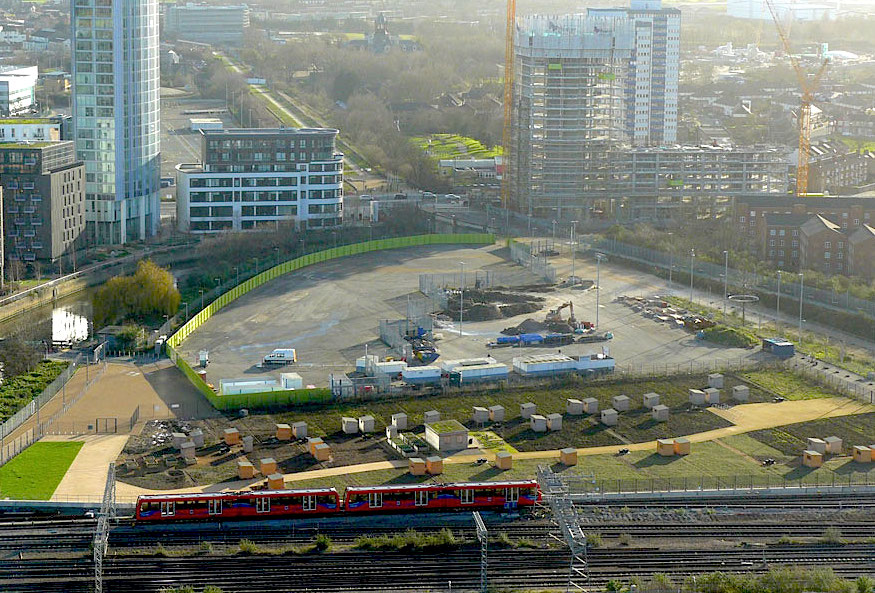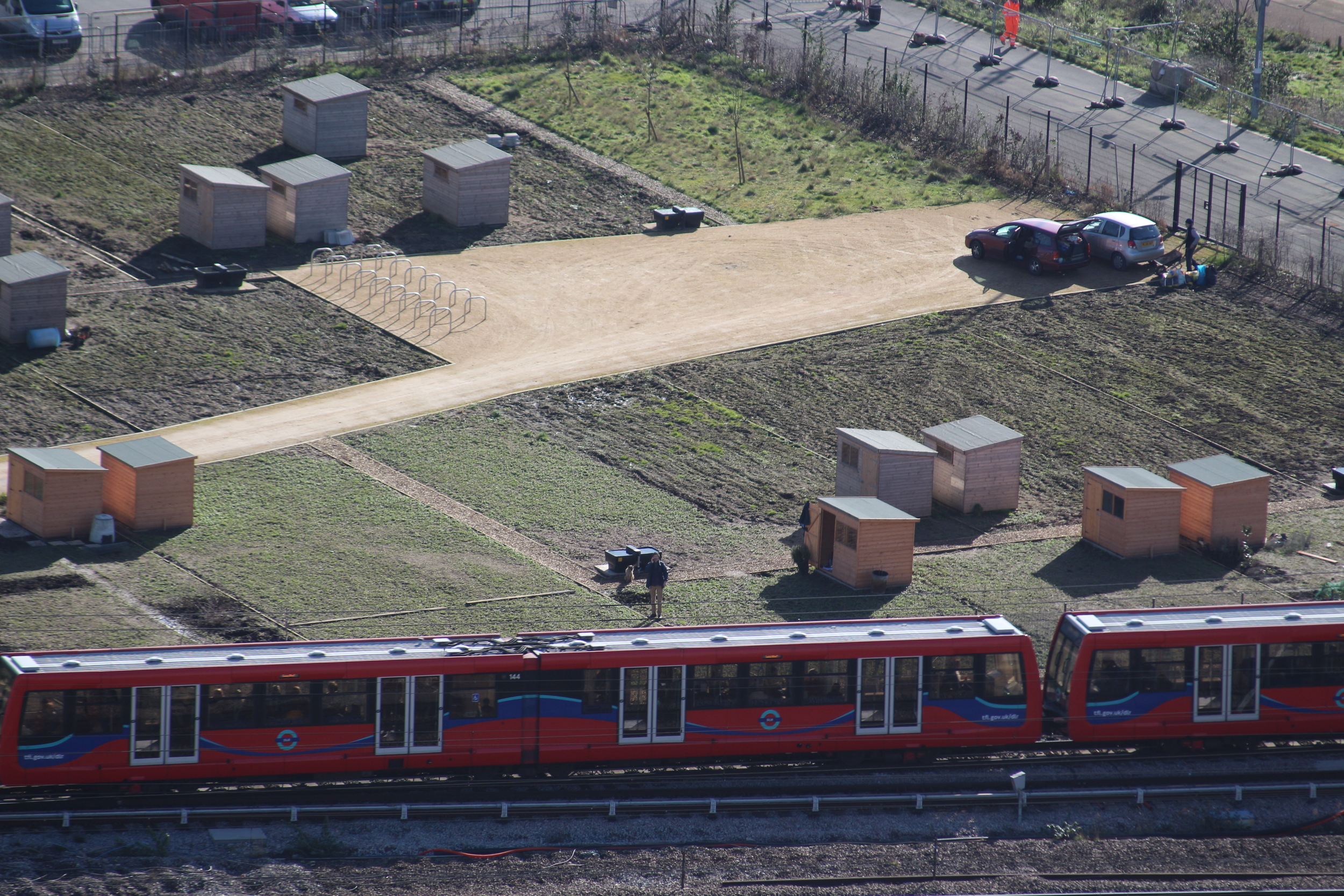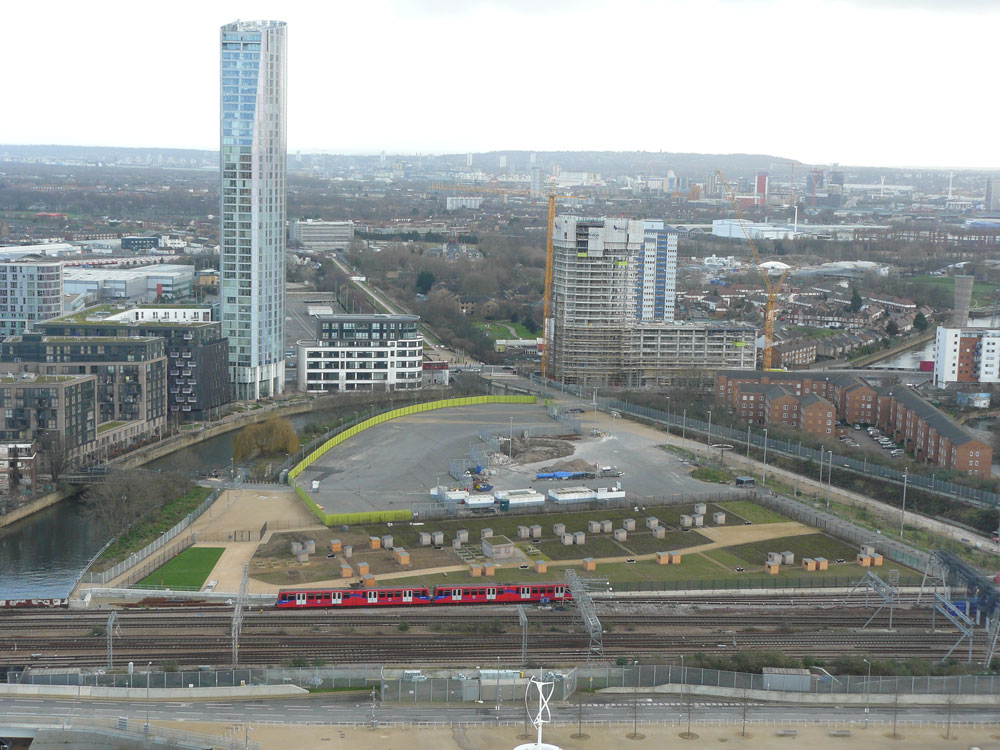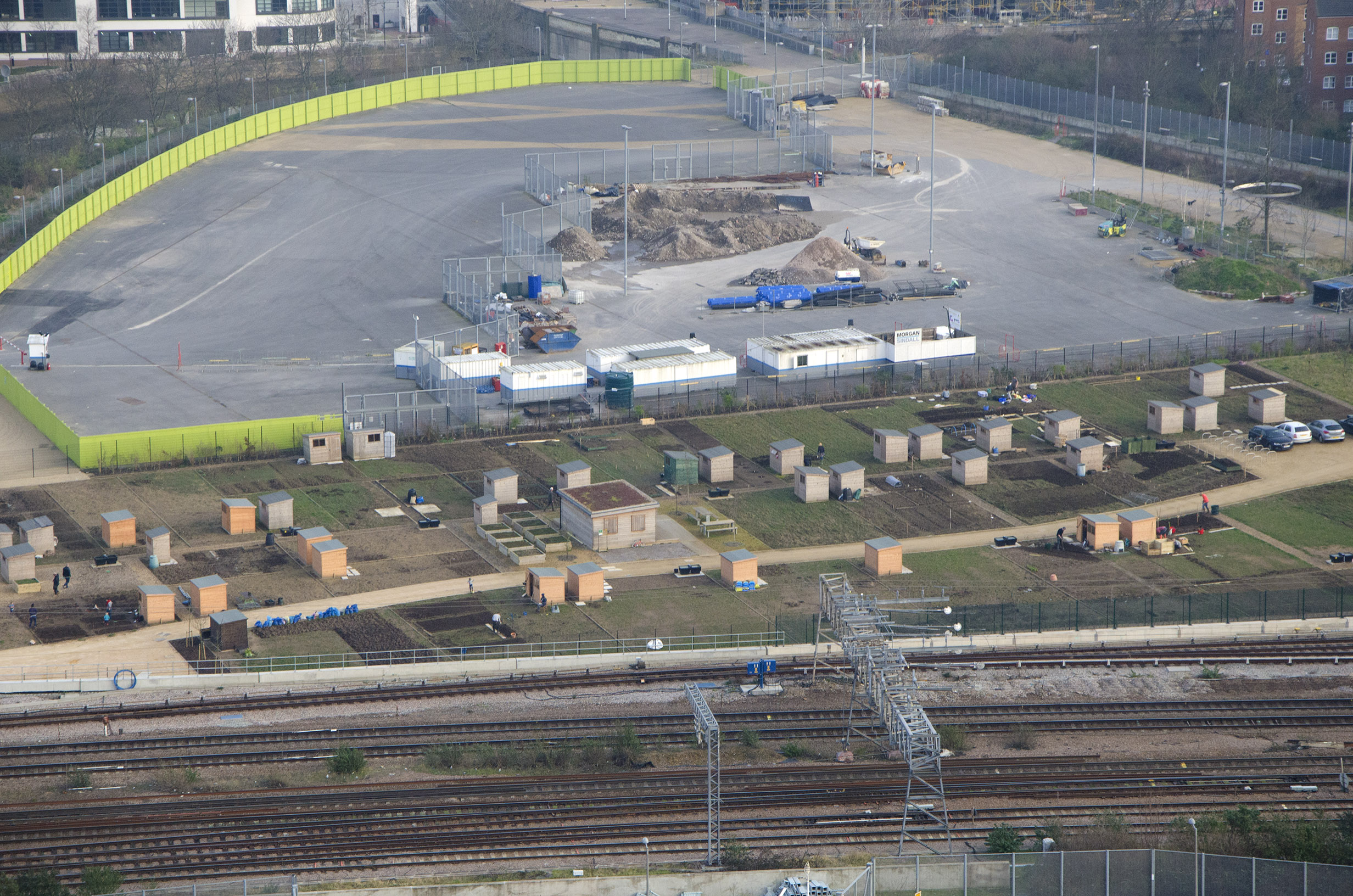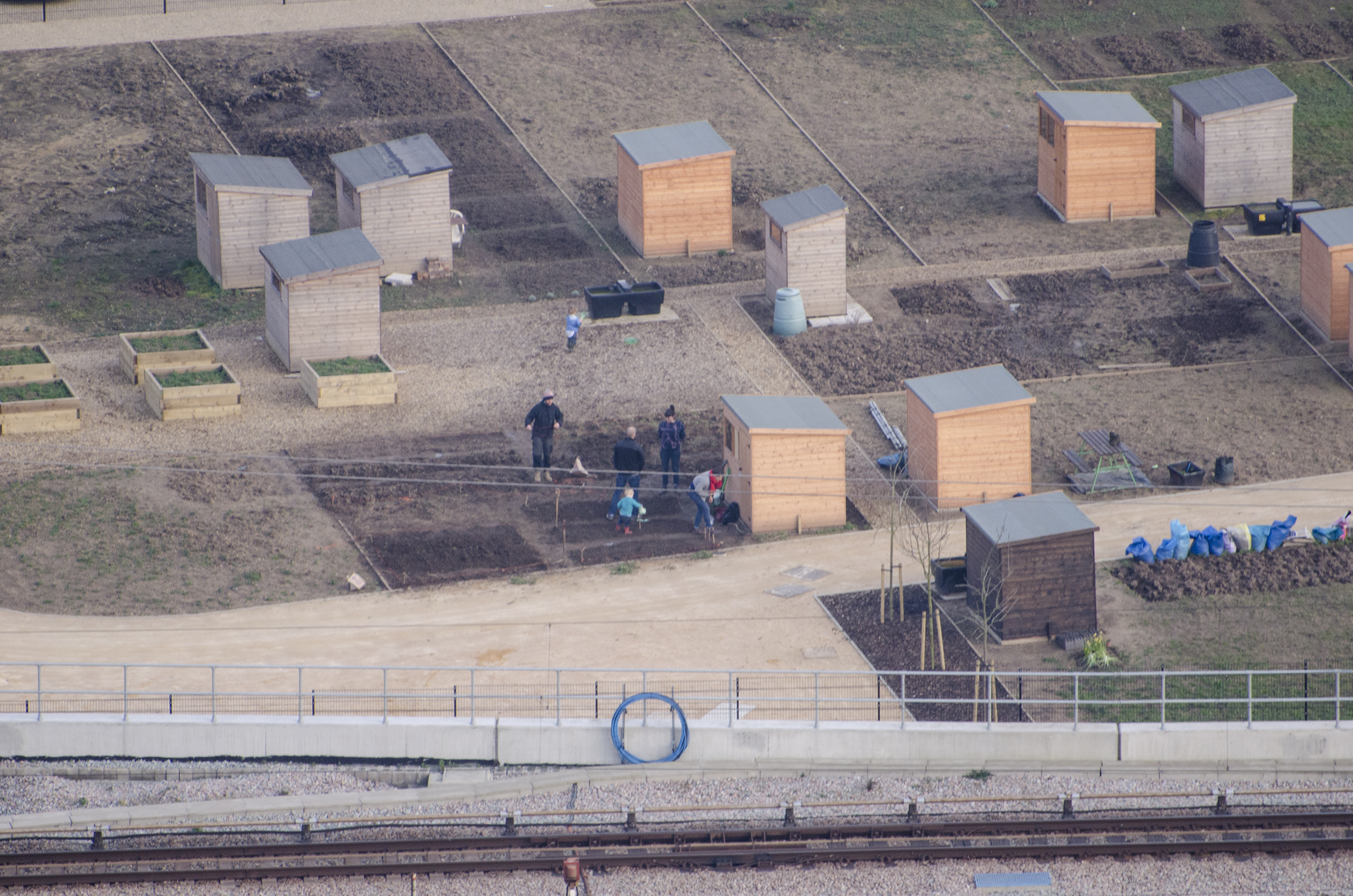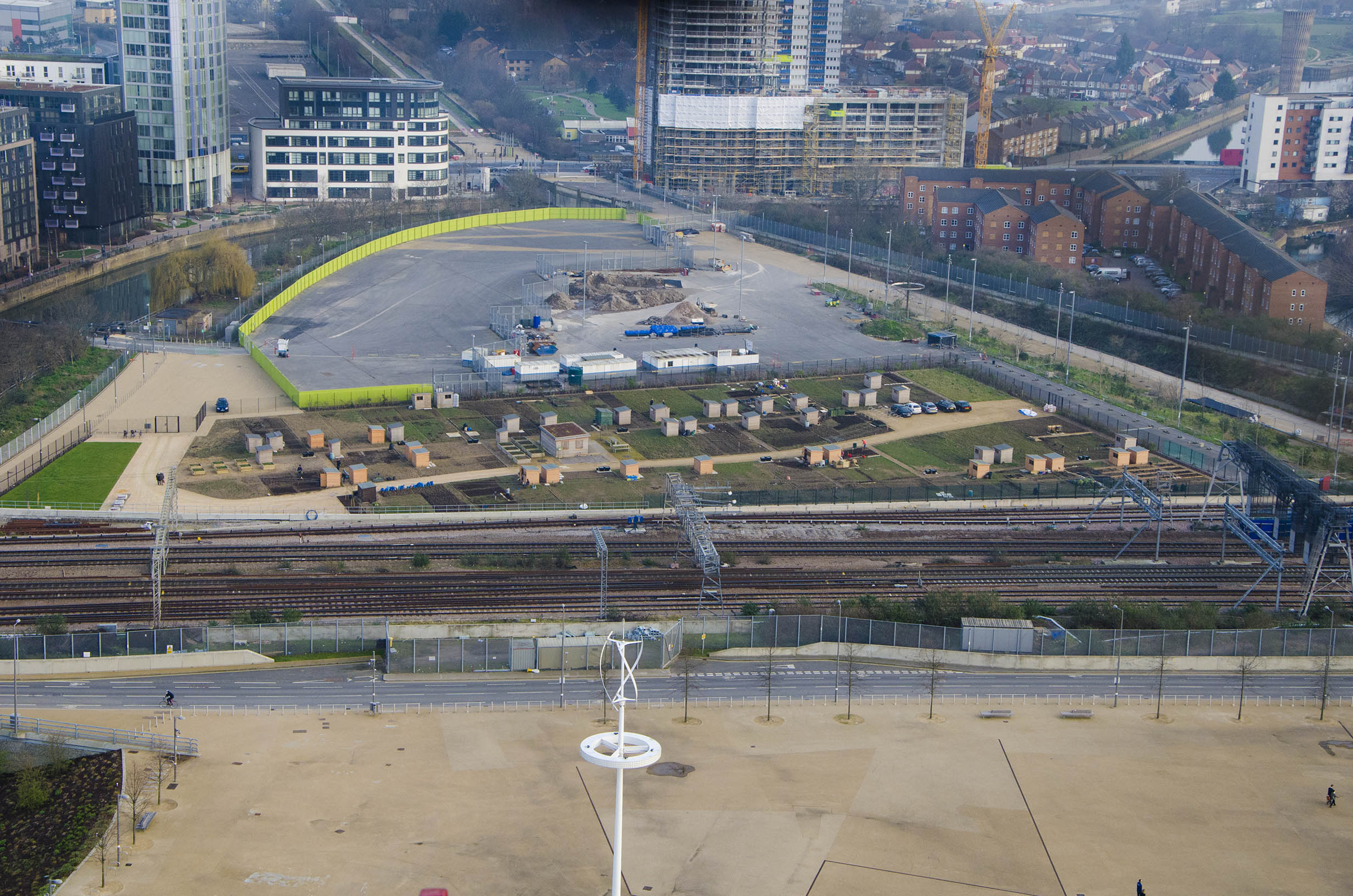History
The area around Hackney Wick and Leyton has a rich social and industrial history. During the 19th and 20th centuries it contained a plethora of industry – White Spirit was invented here, as was Vinyl and early forms of Bakelite. The word Petroleum was first used in Hackney Wick. There was also significant poverty in the area, and the emergence of allotments came as a benevolent act to provide relief to the poor.
Major Arthur Villiers, an Etonian and Barings Banker sought to develop an area known as ‘The Wilderness’, a barren area of land stretching from Hackney Wick to Leyton. Villiers worked at the Eton Manor Boy’s Club which had been in existence since 1880. In 1923 he obtained a 30-acre patch of land, which had been used as a landfill waste site, reclaimed the location and set about developing further social provision for the local communities. Villiers expanded the sports facilities and associated clubs – Football, Cricket, Rugby, and Rowing on the Lea. He created Social Clubs, and dedicated lands to the provision of allotments in the area.
Manor Gardening Society was formed on a 1.8 Hectare site on the northern fringe of the tidal River Lea close to Waterden Road. It had 83 individual plots on a strip of land nestling on a promontory between the Lea and Channelsea. Villiers had it clay-capped, topsoil brought in, and the gardens were created. It’s unclear as to when they were started, but sometime in the 1920’s. Manor Gardening Society took its name from Eton Manor – this was the working base for the Boy’s Club, and where Villiers lived until he died in 1969.
The allotment site had various names, I suspect depending on one’s relationship to the area.
Eastway Allotments, or Waterden Road Allotments, were the official and more civic titles – descriptive of their geographic location. Many local people referred to the site as Abbot’s Shoot Allotments after the rubbish tip next door, and more affectionately ‘Bully Fen’. Adjacent to the site was Bully Woods – an area of woodland and nature reserve nesting between the allotment site and the old Eastway Cycle Circuit. These were the names that were place-specific.
There were many allotments in the area – the closest local site was known as the ‘Clarnico’ site, primarily serving the workers from the Clarnico sweet factory on the Lea. The Clarnico factory building is the only surviving building within the Olympic Park by virtue of it having a Belfast Trussed Roof. (A carpenter’s wet-dream!). Between the wars, and shortly after WWII it seemed that the entire area was either industry or allotment. Check out Google Earth and set the date back to 1945 and have a scan around the area!
Allotments played an important role during WWII – ‘Dig for Victory’ was the call from the Ministry, and further land was utilised for the growing of crops – including sections of public spaces like Victoria Park. It wasn’t until the latter half of the century that the local requirement for allotments begun to reduce. Much of this was a correction or re-allocation of land after the war. Urban development of the outer fringes of the city began to push up land values – allotments often the casualty of such development.
Nevertheless, Bully Fen had become an extraordinary place. Despite being in an area that was being swallowed by the ever-expanding city it was somewhat tucked away due to the surrounding topography. There was a sense of seclusion at the site – you could hear the occasional roar from Brisbane Road, and the quiet rush of the A12, but once the gates were closed behind you there was a sense of stepping out of one place and into another. The riverbanks were lined with Plum trees, planted by Villiers, and the site contained a range of indigenous flora that had self-seeded, as well exotic imports. And you could say the very same about the community there – the mix was as diverse as that in the local neighbourhood. The site featured evidence of the War – bomb-shelters, and concrete mountings for anti-aircraft ordnance, and a collection of hand-made sheds, some of which lasted for decades, all recycled and testament to the skills of local working people.
THE COMMUNITY HUT (TAVERN ON THE GREEN)
The hut was at the centre of the site and the location for many events and impromptu gatherings. When money was tight people used to spend their holidays at Bully Fen, and it is said that ashes were scattered.
By the time the turn of the new century came the site had quietly become a place of great importance for many generations of gardening families. Significantly Bully Fen was the last remaining site in Hackney Wick, the Clarnico site having already been reclaimed by the Railway Authorities who owned the land. MGS were able to receive some of those gardeners at Bully Fen.
Recent History
The last 10 years has been a complex and challenging journey for MGS.
In July 2005 the 72 gardeners at Bully Fen heard the news that London had won the bid to host the 2012 Olympic and Paralympic Games. It was immediately evident that the entire area would be transformed, and despite vigorous local and national campaigns against its closure the Tenants were evicted on 27 September 2007. The site had already been enclosed by the ‘blue fence’ for some months, and as the landscape all around was flattened for redevelopment it became the last refuge for wildlife during that time.
The gardeners at Bully Fen were entitled to be compensated for their loss under the Allotments act – and so the Authorities entered into certain obligations with the evicted Tenants. The London Development Authority (who bore the duty of evicting everyone from the development area) committed to re-providing all evicted tenants a future plot within the Park. The Olympic Delivery Authority committed to creating 2.1 hectares of allotments within the ‘Queen Elizabeth Olympic Park’ by December 2014, and within that a new home for the Society. Temporarily MGS were to be provided an interim site located in Waltham Forest – a spot had been earmarked in Marsh Lane Fields – a hectare of land was dug out a metre deep, topsoils brought in, sheds installed, and that was home for a while – at least until the end of 2014. Some took up the offer to move, some gave up, some chose to return at a later date.
The ODA began planning for the Games, and the post-games transformation, which included spreading the promised allotment provision across two sites – a 1.2 Ha site at Eton Manor (MGS’ spiritual home) and a .9 Ha site at Pudding Mill. Meanwhile the Society began their own process of transformation at Marsh Lane, working a brand new, if temporary site into gardens. There were a few setbacks at the start – transferral of equipment from one site to another proved difficult to manage, and poor installation of the Marsh Lane soils meant several seasons of serious waterlogging. This was eventually remediated and the site began to take on the look of any other allotment, becoming popular locally with steadily growing waiting list and fully-tenanted throughout the whole year. Its current success and popularity as a site is testament to the Society’s determination to progress and re-establish itself at all costs.
Engagements with the Authorities were ongoing from 2007-2014, particularly with the ODA in respect of the location and design of the two post-Olympic allotment sites to be in the Queen Elizabeth Olympic Park. The Eton Manor site (in the far north of the Park) was intended as having a less urban nature, tucked amongst the sporting facilities with Lea Valley Regional Parks Authority as the Landlord. Pudding Mill would be the more metropolitan setting – close to Stratford within a developing and dynamic neighbourhood. MGS anticipated the return to the area balancing the prospect of another upheaval against the promise of a permanent home.
February 2014 saw London Borough of Waltham Forest submit a planning application to the LLDC (the Planning Authority for the entire Park at the time) that would see the proposed Eton Manor allotments removed from the post-Olympic map. Despite objections, on March 25th the LLDC Planning Committee saw fit to deny the promises that had been made and approve the plans. In mitigation the Marsh Lane site was made permanent and MGS were invited to remain. The eventual delivery of the Pudding Mill site meant that the LLDC could only secure 40% of the original obligation for permanent allotments within the QEOP.
The lease for the Pudding Mill site was eventually signed on the 4th February 2016, and on the 13th February the first Tenancy Agreements were signed.
As I write in early March 2016 the days are starting to get longer and the first knocking of spring is almost upon us. The topsoils have been turned and broken and the first plantings have already been made…so another chapter begins.

